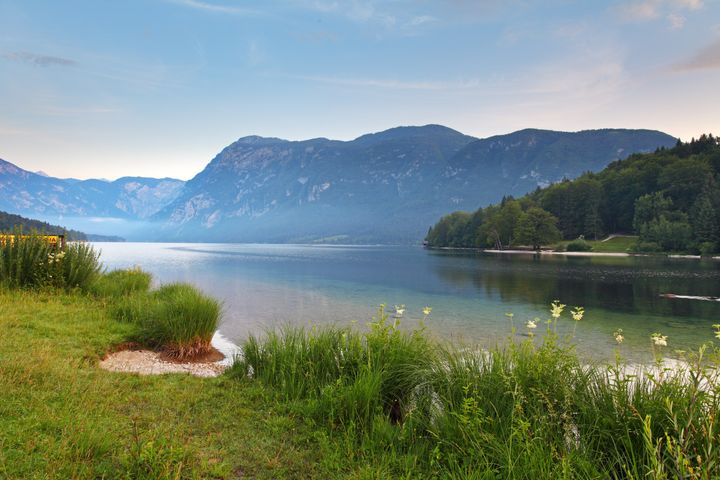
I recently went on a business trip to Europe. While there, I stopped in to see my webmaster, who is based in Trieste, Italy. This city was once the only water port of the Austro-Hungarian Empire. After WWII, it became a protectorate of Britain and the US. Eventually, Italy annexed this area and the people are now Italian citizens.
However, the architecture and culture are distinctly Middle-European. The population considers themselves to be more Austrian than Italian. In addition, being so close to the borders, Trieste has a large contingent of Slovenians and Croatians who add to the international flavor of this amazing city on the Adriatic Sea.
My webmaster wanted to show an area of the Slovenian/ Italian border which is not frequented by too many tourists, not even locals. So, we drove the half hour to the border town of Gorizia, from which you can literally walk to Slovenia.
There we had lunch at a wonderful organic restaurant and winery named, Kovac ( pronounced Kovoch). The prices and food were quite good and the owner, Andrei, is pleasant and friendly. He likes to talk about world situations and economies.
We had a great meal and conversation, when Andrei asked if we would like to visit his winery in the countryside. When he dug out the basement for the building, they found fossils embedded in the walls that were millions of years old. The region apparently had been a seafloor back then.
The barrels of red wine are aged at least 18 months
Walking through the barrels of wine and vats, totally organically grown and processed, it was amazing that the energy here was also infused with ancient life forms that lived here millions of years ago. It gave a special unique quality to the wine.
We also learned that not far from here is a mysterious lake. In Italian it is called--Lago Doberdo. In Slovenian--Doberdob. Here, the water of the lake suddenly rises and floods everything around it. At other times, it almost disappears to a puddle. It seems to have no correlation to whether it is rainy or dry weather. No one lives too close to the lake.
This region is dotted with ancient Roman ruins as well as artifacts from many cultures--Austrian, Slavic, Venetian and even Turkish. The area has always been a crossroads between Eastern and Western Europe.
The region is pleasant, with rolling hills and mountains in the background. The small towns and villages are friendly and welcoming. Just a note of caution--if you visit the lake in warm weather or in the evening, there will be many mosquitoes about, so make sure that you wear long sleeves and leg coverings.
Thanks to the EU and the Schengen Agreement, you do not need a passport or any identification to cross between Italy and Slovenia. However, it is always wise when traveling to keep identification papers with you in case of emergencies.
Despite all of the economic issues going on in Europe at the moment, at least in Italy and Slovenia people seem to be enjoying life and eating good food and drinking excellent wines. It is like another universe at times. We can all take a lesson from that--no matter what is going on around us in the world, take time to appreciate and enjoy the good things in life and be the best you can be!